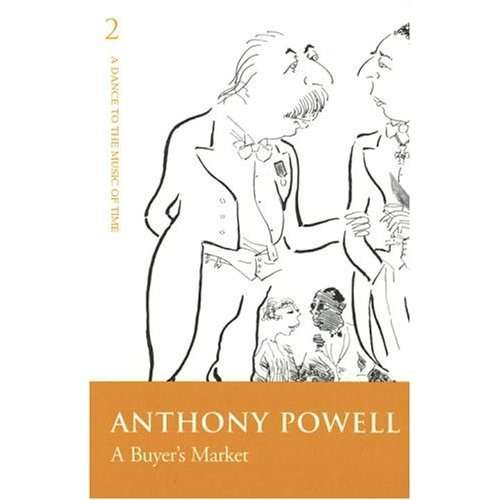THE LAST TIME I saw any examples of Mr. Deaconâs work was at a sale, held obscurely in the neighbourhood of Euston Road, many years after his death. The canvases were none of them familiar, but they recalled especially, with all kind of other things, dinner at the Walpole-Wilsonsâ, reviving with a jerk that phase of early life. They made me think of long-forgotten conflicts and compromises between the imagination and the will, reason and feeling, power and sensuality; together with many more specifically personal sensations, experienced in the past, of pleasure and of pain. Outside, the spring weather was cool and sunny: Mr. Deaconâs favourite season of the year. Within doors, propped against three sides of a washstand, the oil-paintings seemed, for some reason, appropriate to those surroundings, dusty, though not displeasing; even suggesting, in their way, the kind of home Mr. Deacon favoured for himself and his belongings: the sitting-room over the shop, for example, informal, not too permanent, more than a trifle decayed. His haunts, I remembered, had bordered on these northern confines of London. Accumulations of unrelated objects brought together for auction, acquire, in their haphazard manner, a certain dignity of their own: items not to be tolerated in any inhabited dwelling finding each its own level in these expansive, anonymous caverns, where, making no claim to individual merit, odds and ends harmonise quietly with each other, and with the general sobriety of background. Such precincts have something of museums about them, the roving crowd on the whole examining the assembled relics with an expert, unselfconscious intensity, not entirely commercial or acquisitive. On these particular premises almost every man-made thing seemed represented. Comparatively new mowing machines: scabbardless and rusty cavalry sabres: ebony fragments of African fetish: a nineteenth-century typewriter, poised

